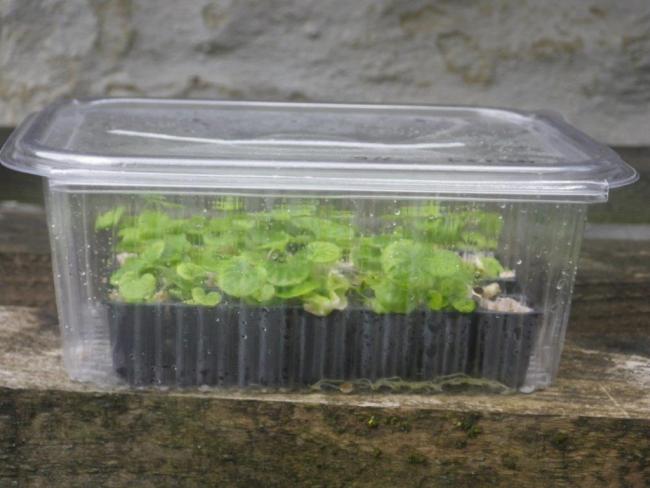PLANTS from the Botanical Gardens at Kew will boost efforts to save an endangered butterfly in County Durham.
The small pearl-bordered fritillary butterfly is the most endangered butterfly species in the county with only a few small surviving colonies.
The Heart of Durham project, a partnership between Durham Wildlife Trust and Northumbrian Water, is helping to increase numbers.
Supported by £120,000 from SITA Enriching Nature and backed by Durham County Council and Butterfly Conservation, the project has engaged with landowners and other partners to increase habitats and boost the population. Since 2013, selected sites have been planted with marsh violets–the food plant for the caterpillars– and thousands of nectar plant species to feed the adult butterfly.
The second of three batches of 1,000 marsh violets from Kew has been delivered to Low Barns Nature Reserve, near Witton-le-Wear, to be grown on for a year before being planted out by wildlife volunteers.

Project officer Anne Porter said: “These violets are the main food source for the caterpillar of the small pearl-bordered fritillary butterfly and over the past six years the Heart of Durham Project has been working in conjunction with Butterfly Conservation and landowners on a landscape scale to increase numbers of this butterfly, one of County Durham’s rarest.“For twenty eight weeks throughout the spring and summer, dedicated volunteers walked set routes on a range of sites, counting all butterflies but making special note of the small pearl-bordered fritillary butterfly.“2018 has proved to be spectacular for the small pearl as numbers increased on all sites and, on several, volunteer transect walkers were astonished to record a second batch of adults on the wing, an event which is quite unusual in the North.”





Comments: Our rules
We want our comments to be a lively and valuable part of our community - a place where readers can debate and engage with the most important local issues. The ability to comment on our stories is a privilege, not a right, however, and that privilege may be withdrawn if it is abused or misused.
Please report any comments that break our rules.
Read the rules hereLast Updated:
Report this comment Cancel